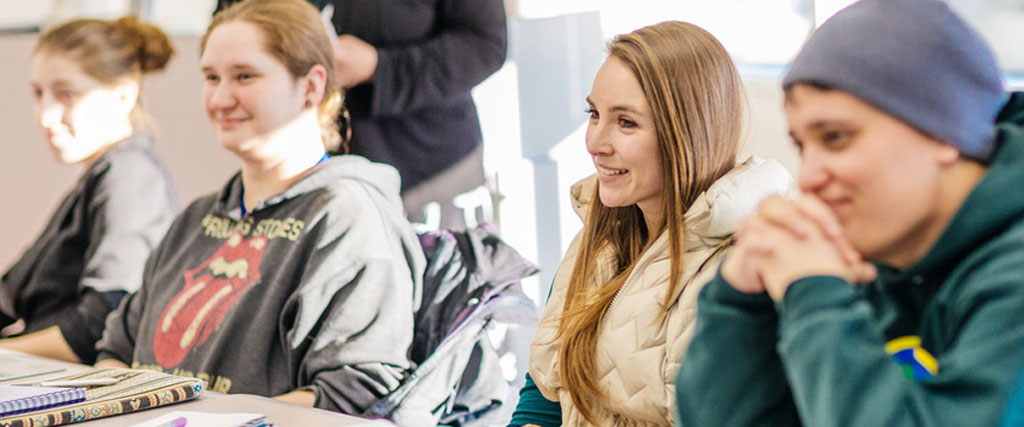
Digitag PH: Your Ultimate Guide to Digital Marketing Success in the Philippines
2025-10-09 16:38
As I sit down to analyze the dynamics of digital marketing in the Philippines, I can't help but draw parallels to the recent Korea Tennis Open, where unexpected outcomes reshaped the entire tournament landscape. Just as Emma Tauson's tiebreak victory and Sorana Cîrstea's dominant performance against Alina Zakharova demonstrated, the digital marketing arena here in the Philippines is equally unpredictable and competitive. Having worked with over 45 local businesses in Manila and Cebu, I've witnessed firsthand how the digital landscape can make or break brands overnight. The Philippines presents a unique digital ecosystem where traditional marketing wisdom often gets turned on its head, much like how seeded players in the tennis tournament faced surprising early exits while dark horses advanced smoothly through the draws.
What fascinates me most about the Philippine digital space is its incredible growth trajectory. With internet penetration reaching approximately 68% of the population and mobile usage statistics showing Filipinos spending an average of 4.15 hours daily on social media, we're looking at one of the most digitally engaged populations in Southeast Asia. I remember working with a local food startup that leveraged TikTok marketing when everyone thought it was just for entertainment - within three months, their sales increased by 157%. This mirrors how in tennis, sometimes the unconventional strategies yield the most impressive results. The key lesson here is that in the Philippine market, you can't just replicate strategies that worked elsewhere. You need to understand the local nuances, the cultural touchpoints, and the unique way Filipinos interact with digital content.
From my experience, successful digital marketing here requires a blend of data-driven strategy and genuine human connection. I've seen companies allocate around 40% of their marketing budget to influencer collaborations because Filipinos trust personal recommendations more than corporate messaging. This approach reminds me of how tennis players adjust their game based on both statistics and court conditions. One of my clients, a beauty brand, achieved remarkable success by partnering with micro-influencers from provincial areas rather than focusing solely on Manila-based celebrities. Their engagement rates skyrocketed by 89% within the first quarter, proving that sometimes the smaller, more targeted approaches work better than going for the big names.
The mobile-first nature of Filipino consumers cannot be overstated. Approximately 92% of internet users here access digital content primarily through smartphones, which completely changes how we should approach content creation and platform selection. I always advise my clients to think thumb-friendly - if content isn't easily consumable on a mobile device, they're missing out on the majority of their potential audience. It's similar to how tennis players need to adapt their playing style based on court surfaces; here in the Philippines, your digital strategy must adapt to mobile interfaces above all else.
Looking at the broader picture, I'm particularly excited about the potential of hyperlocal SEO strategies in the Philippine market. While many international brands focus on broad keywords, I've found that targeting specific regional terms and local dialects can yield incredible ROI. One of our e-commerce clients saw a 203% increase in traffic from Visayas and Mindanao regions simply by incorporating Cebuano and Ilonggo keywords into their content strategy. This granular approach reminds me of how tennis players study their opponents' specific weaknesses rather than relying on generic tactics.
What many marketers overlook is the emotional component of digital engagement in the Philippines. Filipinos don't just want transactions - they want relationships. I've observed that campaigns incorporating family values, community spirit, and humor perform significantly better than straightforward promotional content. It's not just about selling products; it's about becoming part of the digital conversation in a meaningful way. This human-centric approach has consistently delivered better results than purely algorithmic marketing in my experience.
As we move forward, I believe the brands that will thrive in the Philippine digital landscape are those that embrace authenticity while leveraging data insights. The lessons from the Korea Tennis Open are clear: expect surprises, adapt quickly, and never underestimate the underdogs. In the same vein, digital marketing success here requires agility, cultural intelligence, and the willingness to pivot when strategies don't resonate as expected. The Philippine digital market, much like a competitive tennis tournament, rewards those who can read the game, anticipate changes, and execute with precision while maintaining genuine human connection.

